
For Sale: One Cold War Missile Silo
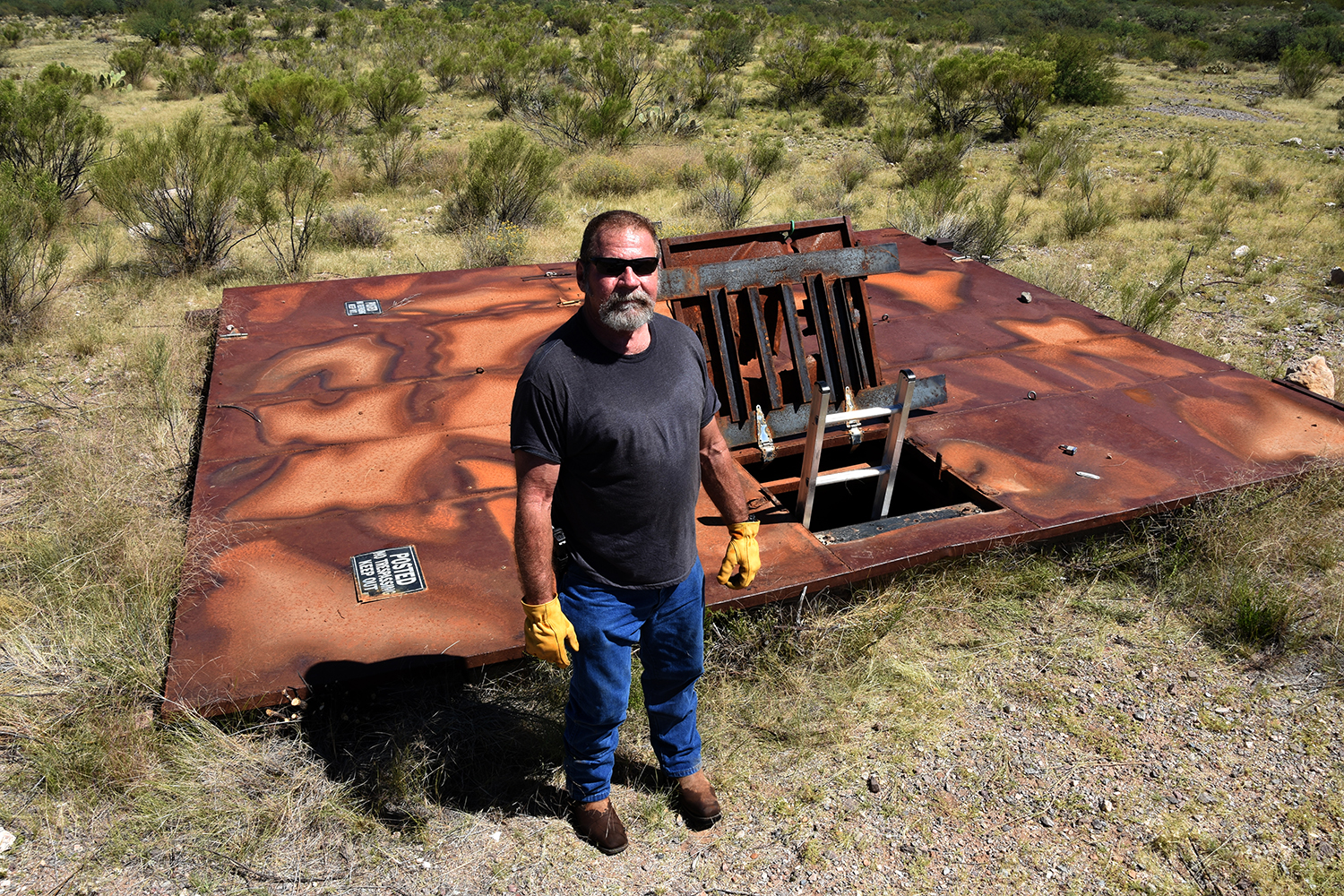
Words by Jason Davis, Photos by Porter McDonald
During the heart of the Cold War, 54 nuclear-tipped Titan II missiles sat ready to defend the United States from the Soviet Union.
Buried in Kansas, Arkansas, and Arizona, the 103-foot-tall rockets could leap from their silos in less than a minute after the launch command was given. They would fly over the north pole and deposit nuclear bombs on Moscow — bombs that were 750 times more powerful than the one that hit Hiroshima in World War II. Eighteen of the missiles were scattered around the outskirts of Tucson, meeting requirements that they be near an existing Air Force base — Davis-Monthan, in this case — and pass over rural areas during their initial phase of flight.
In the 1980s, America modernized its nuclear weapons arsenal and retired the Titan IIs. The Air Force destroyed the silos — or at least made them very difficult to access — and either gave the land to other government agencies or auctioned it off to the public.
One Arizona silo was left intact and turned into a museum. The rest became lore: one is part of someone’s living room, another sits beneath a nursery, and one was once rumored to be an after-work party site for pharmacists.
Recently, a new real estate listing appeared for a 12.75-acre parcel of land in Oracle, Arizona.
"FORMER TITAN 2 MISSILE SITE," the listing reads. "THE SITE HAS BEEN OPENED UP FOR YOUR USE. HAS GREAT VIEWS FOR YOUR HOME WITH UNDERGROUND SHELTER/BUNKER, WORK SHOP, ETC. THIS IS THE SURVIVALIST DREAM PROPERTY."
The asking price: $360,000.
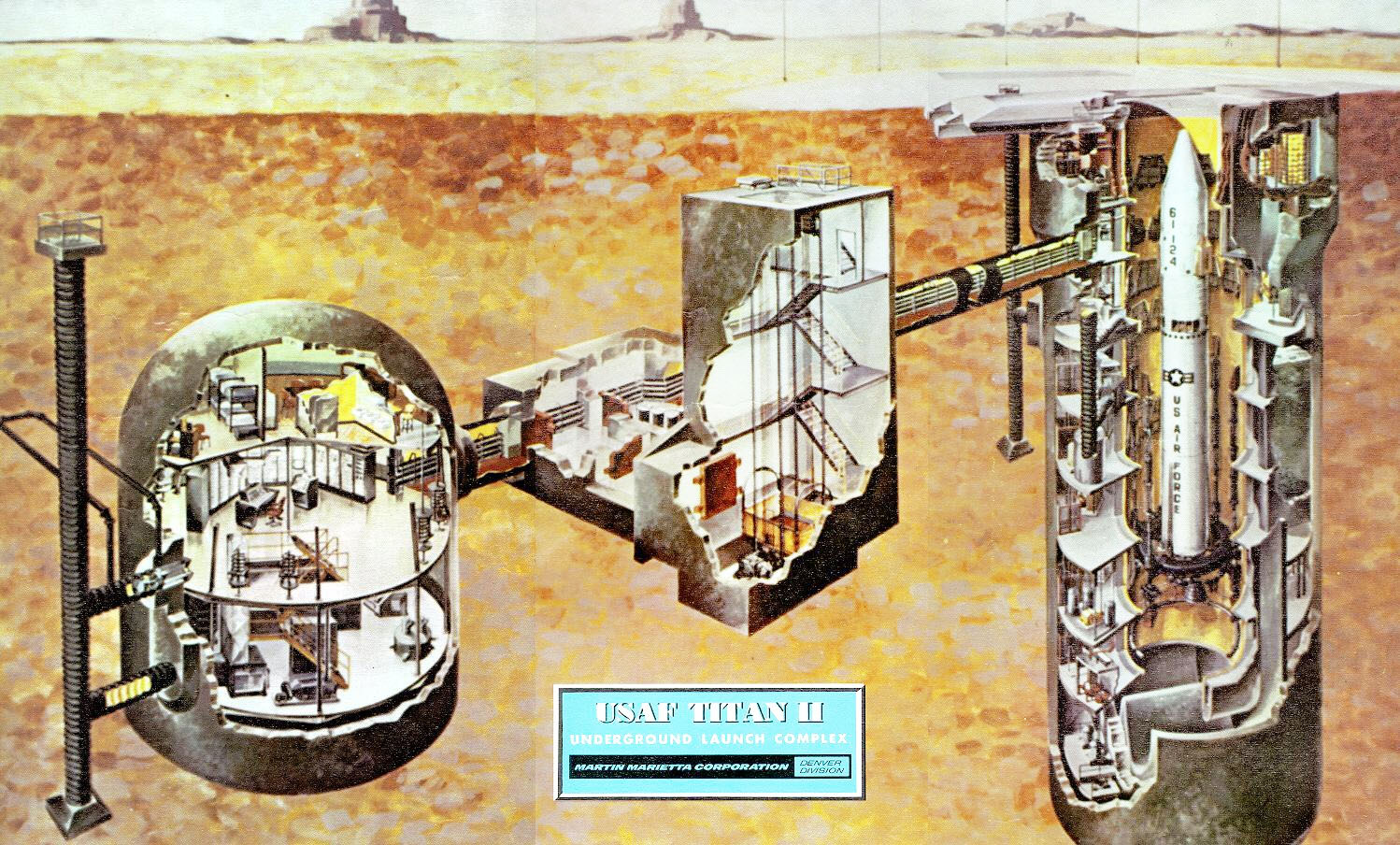
One weekend not long ago, ROCKETGUT! — represented by myself, Porter McDonald, and Leigh McDonald — went for a tour. It took 45 minutes to get to the silo, which lies north of Tucson beneath a serene patch of grassy desert covered with mesquite trees, prickly pear, and creosote. There was no hint this was once the potential starting point for nuclear armageddon, except for a few stray slabs of concrete and a 500-square-foot grid of weathered sheet metal covering a 35-foot-deep access portal.
At the portal, we met Rick Ellis, an intimidating-but-friendly former Marine who co-owns the silo. Ellis, who has a graying beard accentuating his square jawline, wore a dark grey T-shirt and jeans, and carried a pistol on his right hip. He politely gave us safety tips on how to climb the 40-foot ladder into the silo — maintain three points of contact and stand on your insteps, not your toes — while being blunt about the risks.
"If you fall, you’ll at least be severely injured, if not killed outright,” he said. “It will be a slow, painful death. We have no way to help you; I have no pain medications, and I’m not a trained EMT. The nearest are in Oracle, 30 minutes away.”
Ellis said he’d been in and out of the silo dozens, if not hundreds, of times. In we went.
The descent was hair-raising; if your steps became too rhythmic, the ladder wobbled until you stopped to let its motion dampen. But we all made it to the bottom safely.
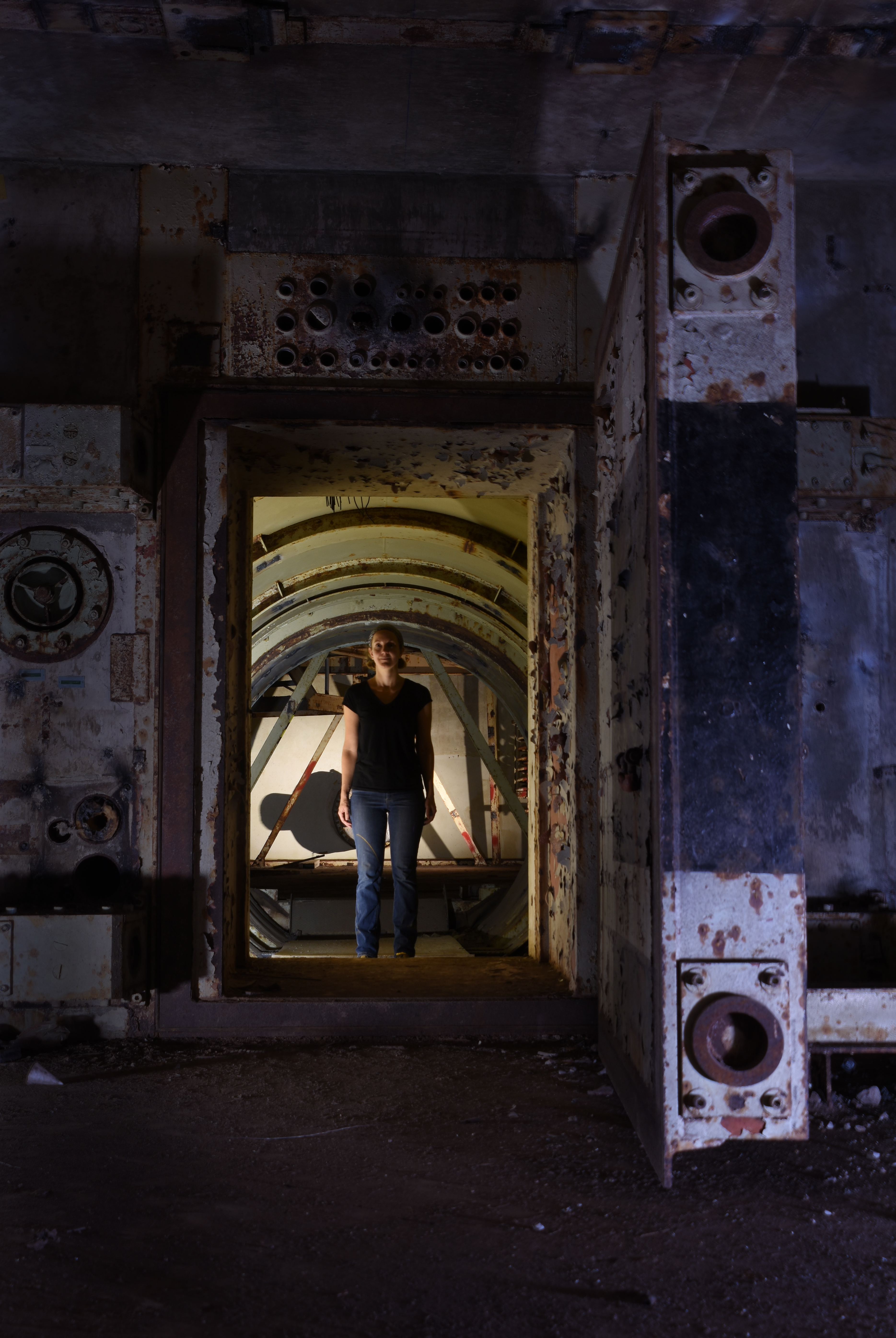
Each Titan II silo had three major sections, arranged inline and connected by tunnels: the silo itself, an access portal, and a control center. The silo held the missile. The access portal, which had stairs and an elevator — features now missing in the silo we toured — is how crews entered and exited. And the three-story control center held all the electronics for monitoring and launching the missile, as well as living quarters for four-person crews.
The bottom of the access portal was filled with a few inches of water and at least a half-dozen drowned tarantulas. Among the venomous creatures Ellis has encountered in the silo are Gila Monsters, which are protected by law in Arizona (he rescues them), and rattlesnakes, which are not (he kills them). Ellis estimates he has killed 10 rattlesnakes in the complex. Once, he came down the ladder to find a rattler waiting for him near the bottom. He showed us a picture and described how he pursued the snake into the water, where, as he put it, the snake gained a "tactical advantage." He eventually killed the snake and dressed it on the tailgate of his truck.
Off the access portal is a blast lock with 6,000-pound steel doors that lead to the silo in one direction and the control center in another. With the doors closed, the crew in the control center, which is suspended on giant springs, could survive either their own missile exploding or a near-direct hit from the biggest nuke in the Soviets’ arsenal.
Ellis and a friend first heard about the silo when it went up for sale around 2002. The duo planned to renovate it into a secure storage facility in the wake of 9/11, and Ellis, who owns a telecommunications installation company, bought it for $200,000.
It was a business investment. But there was also no denying it would also be pretty fun to own a missile silo.
“I thought it would be cool to have a bunker that could take a direct hit from a tactical nuke,” Ellis said.
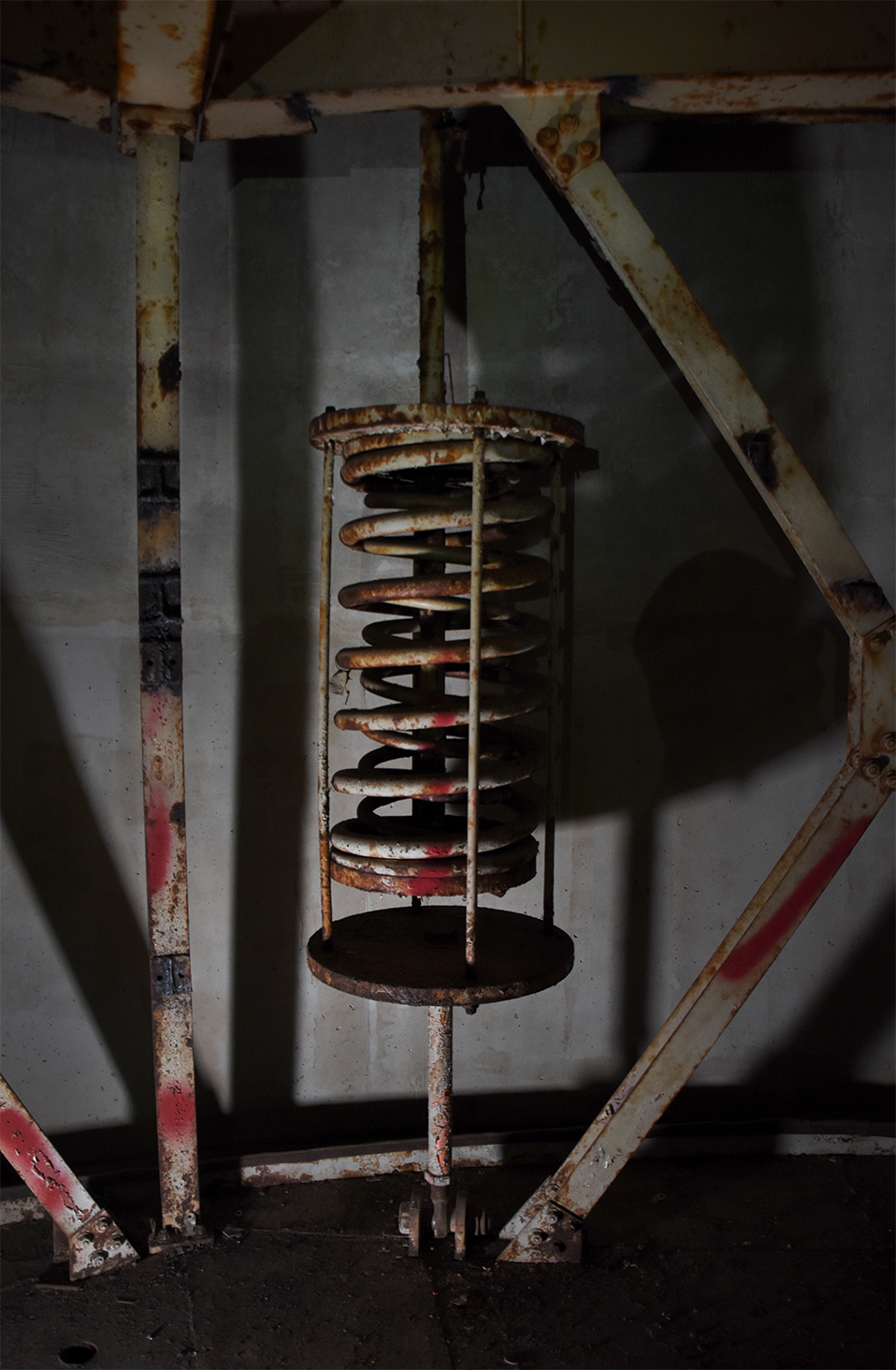
In just a weekend of work, Ellis and his friend dug through the dirt and debris dumped by the Air Force into the access portal when the site was decommissioned, and they accessed the blast lock through an ajar outer door. To their dismay, the blast doors leading to the control center and silo were welded shut, and it took another month of heavy work and experimentation to get them both open. When they finally got inside, they brought in beer and cigars to celebrate.
There are no lights in the complex — Ellis used to have a few, but they were vandalized — which gives it the vibe of a spooky cave filled with Cold War ghosts. Turn right from the blast lock, and you are stopped at the tunnel to the silo itself, where dirt spills out into an anteroom. The Air Force used explosives to cave in the actual silo, and Ellis has not been able to gain access.
But turn left, and the rest of the facility is still intact. A tunnel leads down to the middle floor of the control center, where Air Force crews waited 24/7 for orders to launch what remains America's most powerful nuclear weapon ever. The launch procedure is dramatic, involving encrypted messages from the president, code books, and the turning of keys by two officers. The crew would be ordered to aim the missile at one of three unnamed targets, never knowing which city they were about to wipe off the map.
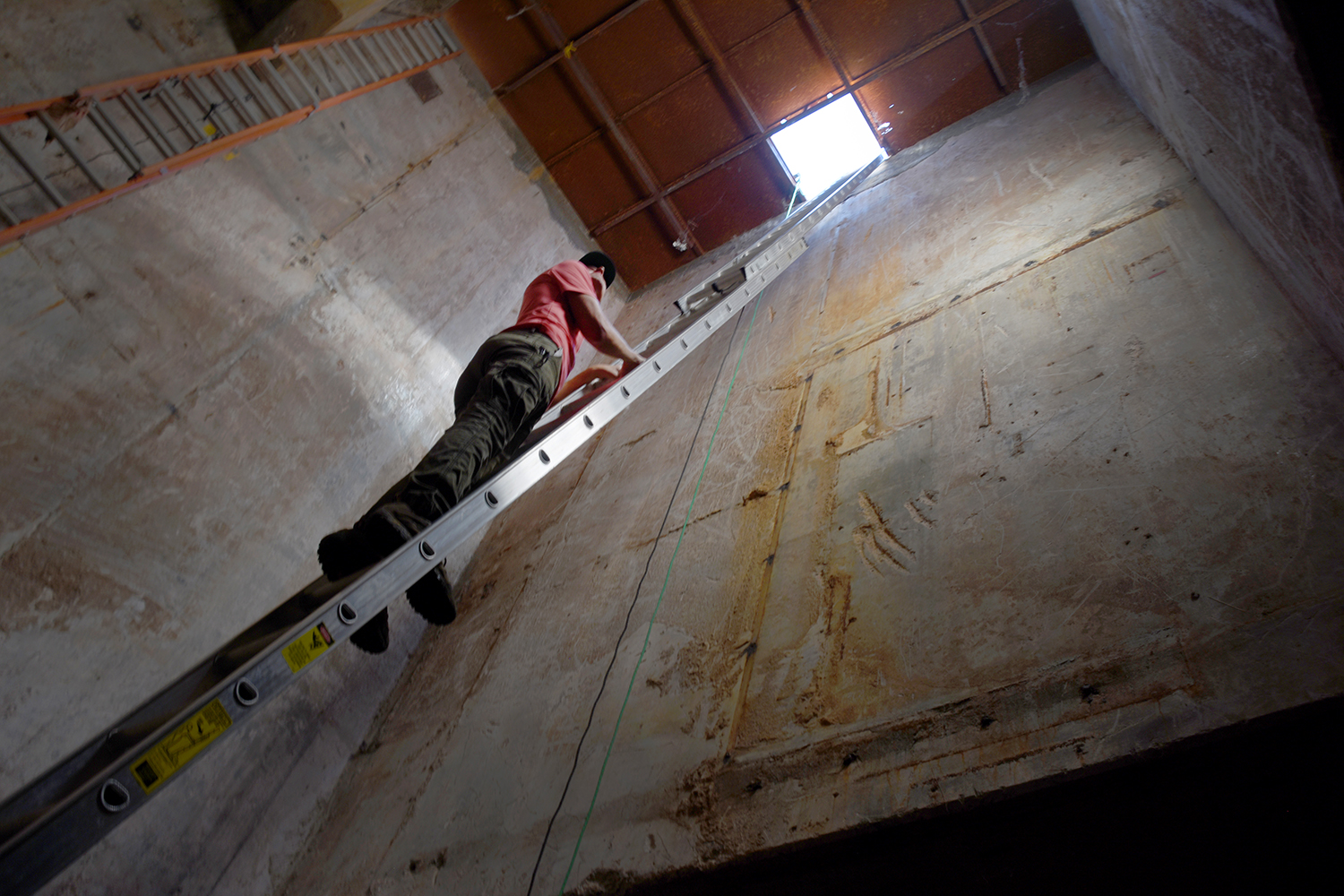
The bottom floor of the control center was used for electronics storage. On the top floor were living quarters with a bedroom, bathroom, and kitchen. A sign ordering crews not to smoke in bed is stenciled on the wall.
”When we got in the bathroom, there was still a toothbrush on the shelf," said Ellis.
He wages a constant war against vandals, thieves, and explorers, some of whom are quite industrious. Ellis lives nearby, and once discovered a pickup truck stuck in the mud carrying a stainless steel sink from the silo's control center kitchen. He called the sheriff, but by the time help arrived, the thieves were gone. Another time, he confronted a would-be explorer equipped with professional climbing gear. Every time sheriff's deputies come out, he invites them on a silo tour. Some take him up on the offer.
By 2006, Ellis' friend backed out of the business venture, so Ellis found a new partner, a retired orthodontist. Together they formed Titan Secure Storage, LLC, which now owns the property. Ellis estimates the LLC has spent between $75,000 and $100,000 getting the silo into its current state, which included removing the rest of the debris from the access portal.
Over the years Ellis has come close to finding storage tenants, going so far as to secure letters of intent and get the land zoned for commercial use. But the deals all fell through. He's considered alternate ideas, including turning the complex into a restaurant, but at this point his business partner is ready to move on, so they put the property up for sale.
They have yet to get any serious offers. One person offered to pay in bitcoin (Ellis declined), and he said he gets a lot of “lookie-loos" who want to see the silo but aren't interested in buying it.
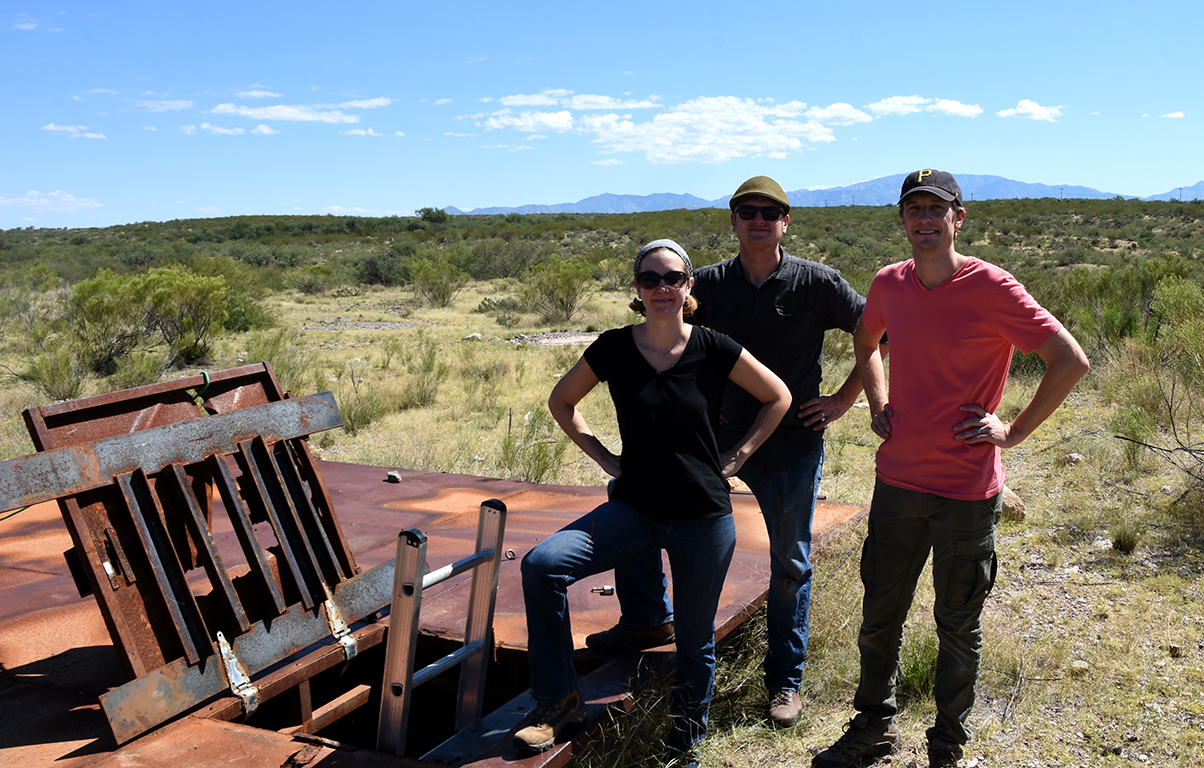
Braving the ladder once more, we emerged sweaty and tired into the midday Arizona sun. Ellis, on the other hand, seemed to have been energized by the tour. He said he and his wife may offer to buy the silo from the LLC outright if it doesn't sell. He walked us around the property, describing how he'd use the land: put a house over there, maybe, with the access portal in the living room. A pool and wet bar down there. Maybe a picnic area up on that butte, and a zipline.
I told him I'd buy it if I had the money.
"I’ll give you a good guy discount,” he said. “Five percent off.”